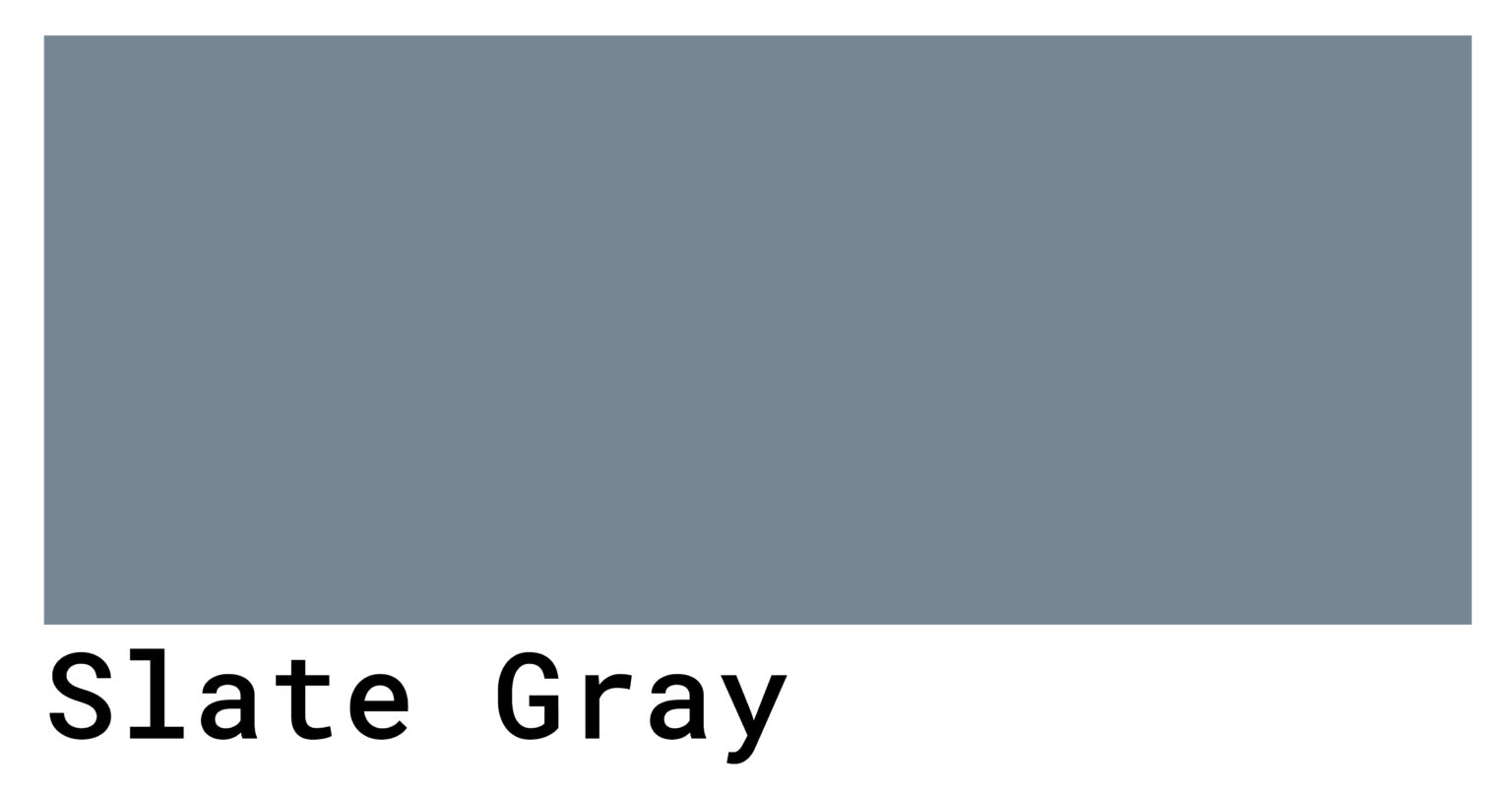

Potesky says the bulk of Pantone’s revenue still comes from selling these reference guides in all their forms. Pantone would say buy a new book every year because colors fade, but you’re working off of a $175 investment over four or five years.” As Potesky put it: “If you’re a graphic designer in Brooklyn, you bought your Pantone book four years ago, you spent $175 on it, you’re good to go. Nowadays, you can find that library in digital form, but it’s still available in physical forms as well, like collections of dyed fabric samples and humble print books, not unlike the one Larry Herbert made from scratch. What Pantone sells those customers is access to its intellectual property, its library of colors and their associated numbers. Meanwhile, Pantone’s customer base expanded-not just people who needed to print things, but people who did industrial design and wanted plastic or metal in a certain color, and people in fashion who wanted color matching specifically tailored to fabrics. Over time, Pantone stopped being a commercial printer and became a weird new thing: a company that taxonomizes colors. “Anyone who designs product not in their garage, but through some sort of a supply chain where they’re going to lose control of that color design, they need a language to use with the supplier and say, ‘This is the color that I need.’ It’s very difficult to just send them a sample and say, ‘Give me that color.’ ” “Language of color is really important for anybody who makes product,” Potesky says. Looking back, it’s sort of hard to imagine how color and commerce coexisted before we had something like the Pantone system. There are other regional color systems around the world, but Pantone’s has become the most internationally recognized standard-so now you can say Pantone 3515 C and pretty much wherever you are you’re going to get a very lovely, very specific shade of purple. By the 1970s, Pantone had sold 100,000 copies of his color books, printing them at its headquarters in New Jersey. Larry Herbert bought out the printing company in 1962, renamed it Pantone, and dedicated himself to evangelizing for what he called the Pantone Matching System. “It had something like 40 colors in it, and that was the beginning,” Potesky says. Herbert printed up a book of these numbered color samples. That way, printers and clients would have a shared reference when they talk to one another-an industry standard, so that a color would mean the same thing all the way from a designer’s vision to the printed item. Herbert went on to develop a comprehensive color system in which each color got assigned a number.


 0 kommentar(er)
0 kommentar(er)
